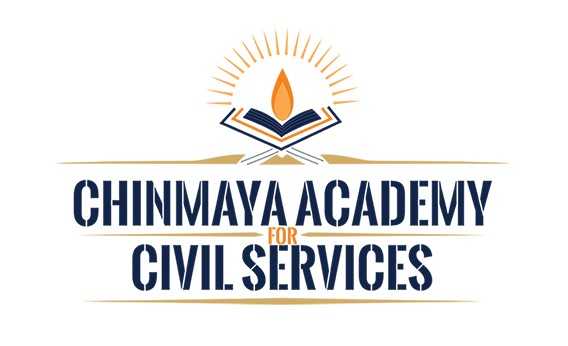The UPSC Civil Services Exam is conducted in three phases: Prelims, Mains, and Interview. The IAS Mains exam requires aspirants to select one optional subject, which plays a crucial role in determining their ranking. In recent years, literature subjects have seen an increasing success rate.
Odia, also known as Oriya, is an Indo-Aryan language used in Odisha and some regions of West Bengal, Jharkhand, Chhattisgarh, and Andhra Pradesh. It is recognized as one of India’s six classical languages and is an official language listed in the eighth schedule of the Indian Constitution. With a rich history of literary works, Odia literature is included as an optional subject in the UPSC Mains exam.
This article provides the syllabus for Odia as an optional subject and a PDF of the UPSC Odia Optional Syllabus. The syllabus covers the grammar, history and development of Odia, regional variations, phonetics, and important literary works. The subject carries a weightage of 500 marks, divided into two papers of 250 marks each. Aspirants are recommended to review the UPSC Odia Literature Books to prepare for the exam.
ODIA
PAPER-I
(Answers must be written in Odia)
Section A
History of Odia Language
(i) Origin and development of Odia Language— Influence of Austric, Dravidian, Perso— Arabic and English on Odia Language.
(ii) Phonetics and Phonemics : Vowels, Consonants Principles of changes in Odia sounds.
(iii) Morphology : Morphemes (free, bound compound and complex), derivational and inflectional affixes, case inflection, conjugation of verb.
(iv) Syntax : Kinds of sentences and their transformation, structure of sentences.
(v) Semantics—Different types of change in meaning. Euphemism.
(vi) Common errors in spellings, grammatical uses and construction of sentences.
(vii) Regional variations in Odia Language (Western, Southern and Northern Odia) and Dialects (Bhatri and Desia).
Section B
History of Odia Literature
(i) Historical backgrounds (social, cultural and political) of Odia Literature of different periods.
(ii) Ancient epics, ornate kavyas and padavalis.
(iii) Typical structural forms of Odia Literature (Koili, Chautisa, Poi, Chaupadi, Champu).
(iv) Modern trends in poetry, drama short story, novel essay and literary criticism.
PAPER-II
(Answers must be written in Odia)
Critical Study of texts—The paper will require first hand reading of the text and test the critical ability of the candidate.
Section A
Poetry
(Ancient)
1. Sãralã Dãs—Shanti Parva from Mahãbhãrata.
2. Jaganãth Dãs—Bhãgabata, XI Skadhã—Jadu Avadhuta Sambãda.
(Medieval)
3. Dinakrushna Dãs—Raskallola—(Chhãndas—16 & 34)
4. Upendra Bhanja—Lãvanyabati (Chhãndas—1 & 2).
(Modern)
5. Rãdhãnath Rãy—Chandrabhãgã.
6. Mãyãdhar Mänasinha—Jeevan—Chitã.
7. Sãtchidananda Routray—Kabitã—1962.
8. Ramãkãnta Ratha—Saptama Ritu.
Section B
Drama :
9. Manoranjan Dãs—Kätha-Ghoda.
10. Bijay Mishra—Tata Niranjanä.
Novel :
11. Fakir Mohan Senãpati—Chhamãna Ãthaguntha.
12. Gopinãth Mohãnty—Dãnãpani.
Short Story :
13. Surendra Mohãnty—Marãlara Mrityu.
14. Manoj Dãs—Laxmira Abhisãra.
Essay :
15. Chittaranjan Dãs—Tranga O Tadit (First Five essays).
16. Chandra Sekhar Rath—Mun Satyadharmã Kahuchhi (First five essays).


